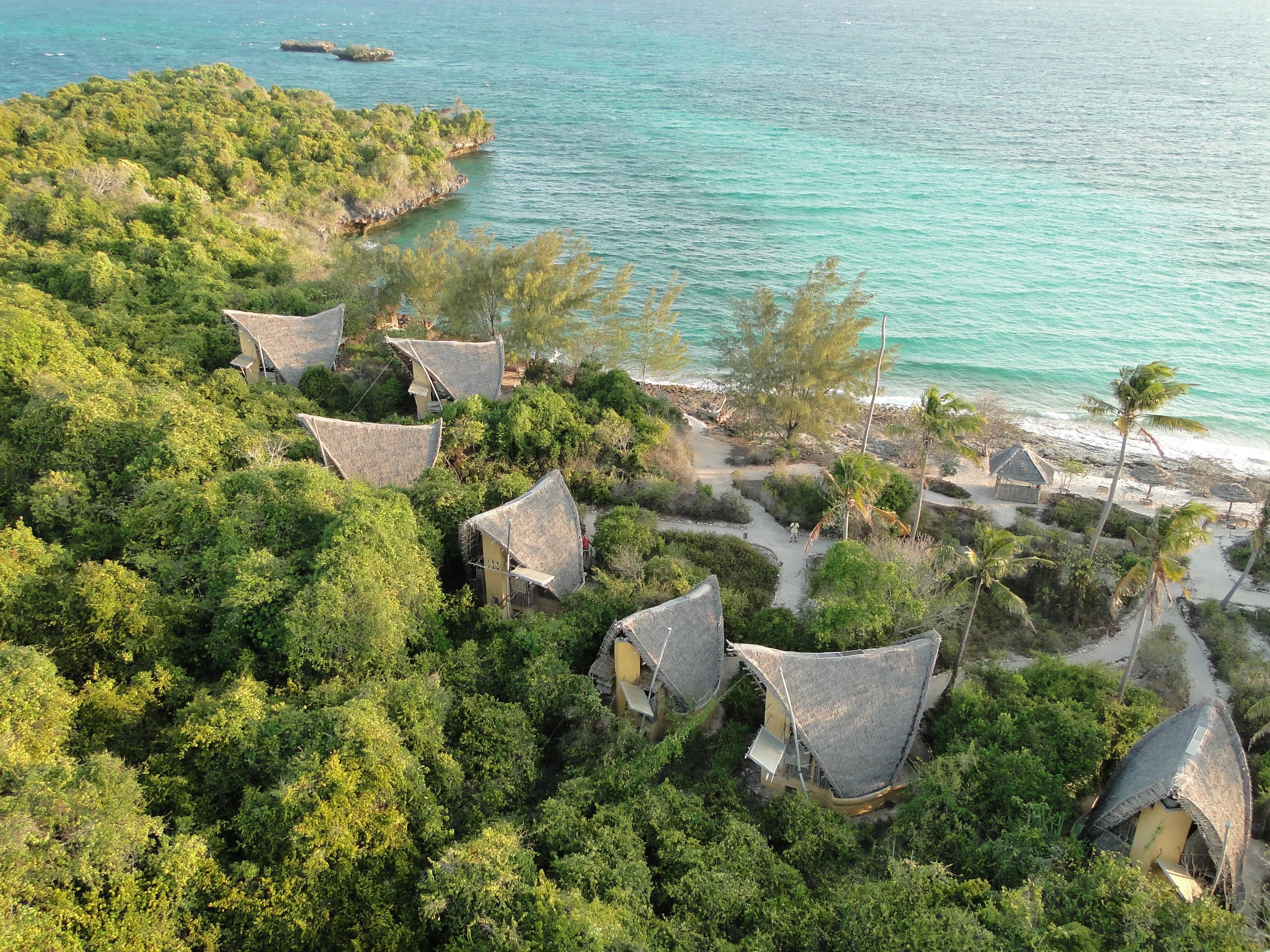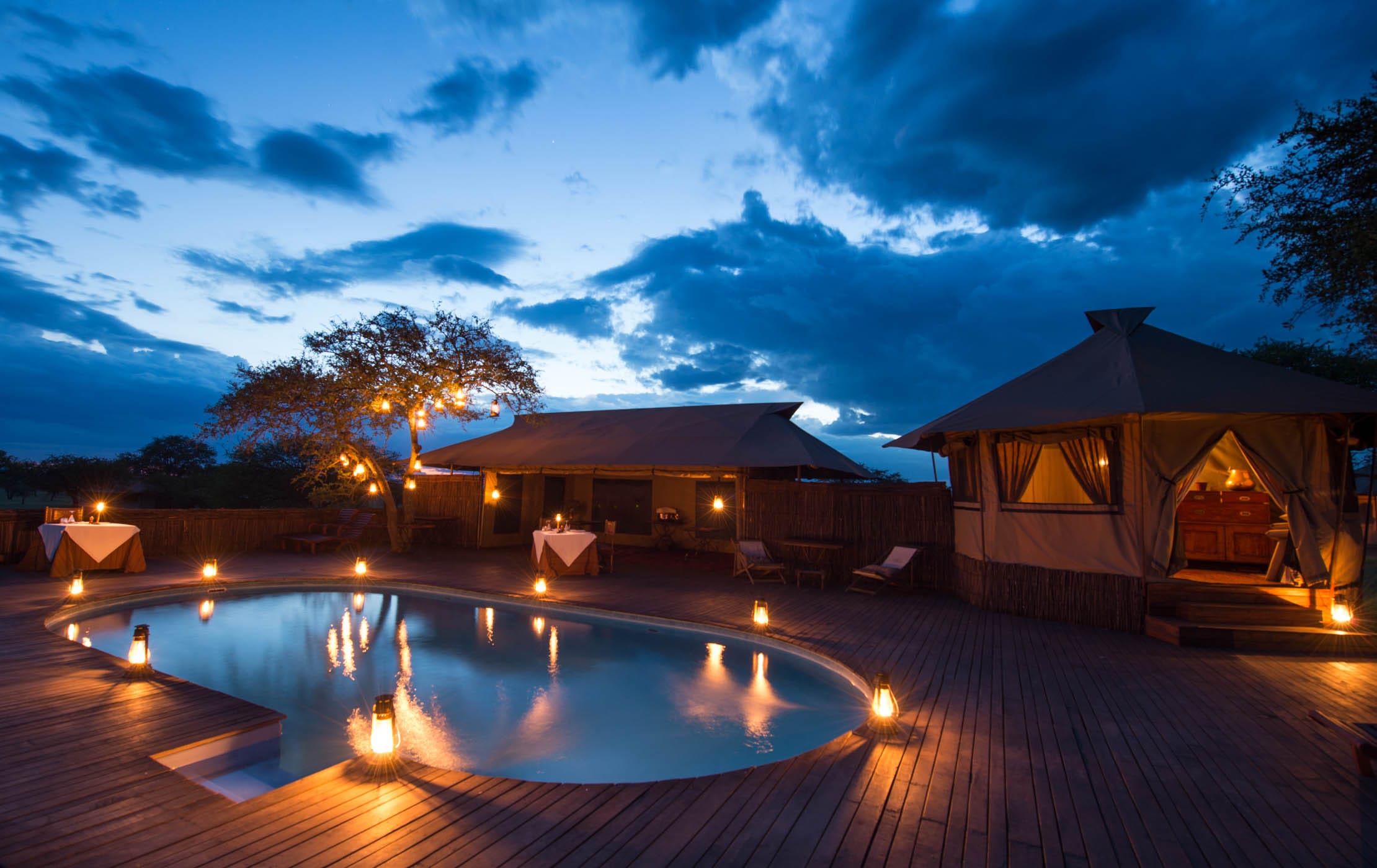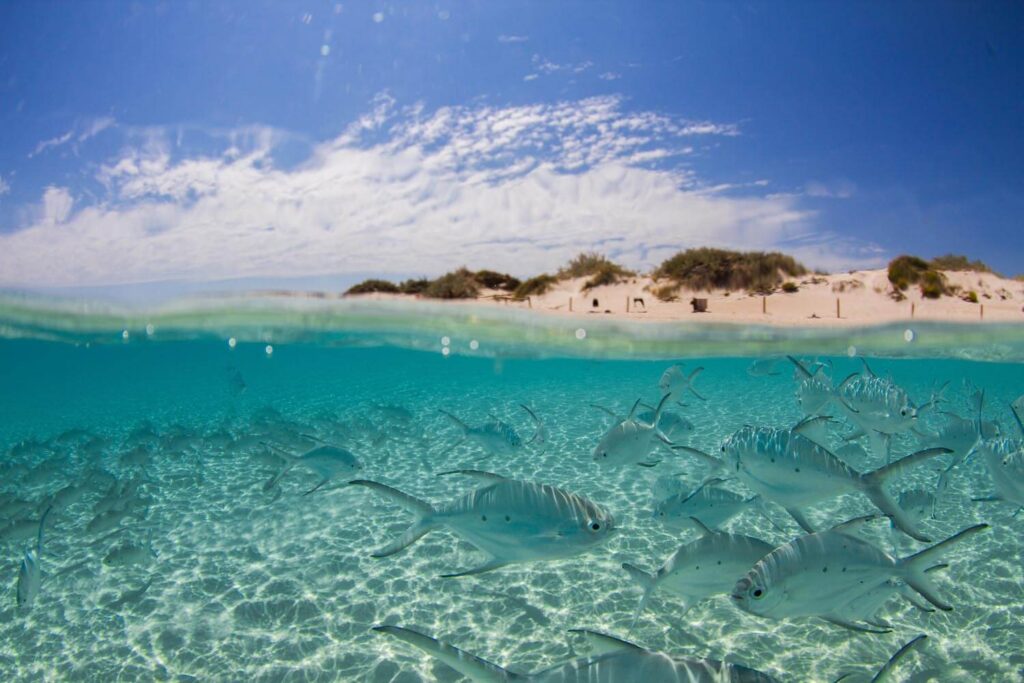Sustainable Architecture In Safaris - Challenges And Opportunities
Safaris have always been a popular attraction for tourists and adventure enthusiasts who seek to experience the thrill of exploring the wilderness and observing wildlife up close. However, the impact of tourism on the environment has become a growing concern in recent years, with many people now looking for ways to minimize their impact on the natural world.
As a result, sustainable safaris have emerged as a way to enjoy the beauty and wonder of the wilderness without harming the environment. In this article, we will explore the concept of sustainable architecture in safaris, their benefits, and how they can help preserve the natural habitats of wildlife while providing a unique and responsible experience for guests.
What Is A Safari?
A safari is an adventure trip that usually involves traveling into the wilderness or natural reserves to observe wildlife. Safaris can be done on foot, horseback, vehicle, or even by hot air balloon.
What Is Sustainable Architecture?
Sustainable architecture is a design approach that aims to minimize the negative impact of construction on the environment.
It focuses on using renewable resources, minimizing waste, reducing energy consumption, and creating healthy and comfortable living spaces.
Sustainable Architecture In Safaris
Safari lodges and camps have become increasingly popular in recent years as more people seek to experience the natural beauty and wildlife of Africa.
However, with the rise of ecotourism, there is a growing awareness of the environmental impact of these establishments. Sustainable architecture is one way to reduce the negative impact of safari lodges and camps on the environment.
Use Of Renewable Resources
Sustainable safari lodges and camps use renewable resources such as solar, wind, and hydroelectric power. They also use natural building materials such as bamboo, wood, and stone.
Energy Efficiency
Sustainable safari lodgesand camps are designed to be energy-efficient. They have features such as insulated walls and roofs, energy-efficient lighting, and low-flow plumbing fixtures.
Water Conservation
Sustainable safari lodges and camps have systems in place to conserve water. They use rainwater harvesting systems, low-flow plumbing fixtures, and wastewater treatment systems.
Waste Reduction
Sustainable safari lodges and camps aim to reduce waste by using composting toilets, recycling, and minimizing single-use plastics.
Landscape Integration
Sustainable safari lodges and camps are designed to integrate with the landscape. They minimize the disturbance to the environment and aim to preserve the natural habitat of the wildlife.
Eco-Friendly Accommodations
One of the key features of sustainable safaris is the use of eco-friendly and low-impact accommodations.
Tented camps and lodges are designed to blend in with the natural surroundings, and often use renewable energy sources such as solar power. They also have water conservation and waste reduction systems in place.
If you're interested in learning more about sustainable architecture beyond safaris, check outCommercial Architecture Magazine. They offer insights into sustainable design practices for a variety of commercial and residential settings.
Responsible Wildlife Viewing
Sustainable safaris prioritize responsible and ethical wildlife viewing. Visitors are encouraged to observe animals in their natural habitats without disturbing or disrupting them. Activities such as walking safaris, birdwatching, and game drives are conducted with care and respect for the animals and their natural behavior.
Support Of Local Communities
Sustainable safarioperators work with local communities to provide employment opportunities, education, and healthcare. They also support community-led conservation initiatives, such as anti-poaching efforts and wildlife monitoringprograms.
By supporting local communities, sustainable safaris help to ensure that the benefits of ecotourism are shared with the people who live near wildlife reserves and national parks.
Benefits Of Sustainable Safaris
In addition to providing a unique and responsible travelexperience, sustainable safaris have several other benefits. They promote the conservation of natural habitats and wildlife, support local communities, and help to combat climate change by reducing carbon emissions.
Sustainable Safari Examples
Sustainable safaris have become increasingly popular in recent years, and there are now many operators offering eco-friendly and responsible safari experiences. Here are a few examples of sustainable safaris around the world:
Singita Grumeti
Singita Grumeti is a luxury safari operator in Tanzaniathat focuses on conservation, sustainability, and community development. The company owns and operates six lodges and camps in the Grumeti Reserve, a private wildlife reserve bordering the Serengeti National Park.
Singita Grumeti is committed to reducing its environmental impact through the use of solar power, energy-efficient lighting, and water conservation systems. They also work closely with local communities to provide employment opportunities and support education and healthcare initiatives.
Sabi Sabi Private Game Reserve
Sabi Sabi Private Game Reserve is located in the Sabi Sand Game Reserve, part of the greater Kruger National Park in South Africa. The reserve is home to an abundance of wildlife, including the "Big Five" lions, elephants, leopards, rhinoceros, and buffalos.
Sabi Sabi is committed to sustainable tourism practices, including energy-efficient lighting, water conservation, and responsible waste management. The company also works with local communities to provide employment opportunities and support education and healthcare initiatives.
Sal Salis Ningaloo Reef
Sal Salis Ningaloo Reef is a beachside safari camp located in the Cape Range National Park in Western Australia. The camp is designed to be low-impact, with solar-powered lighting and composting toilets.
Sal Salis also operates a strict waste management policy, encouraging visitors to minimize their waste and reduce their environmental impact.
The camp is located on the Ningaloo Reef, one of the most biodiverse marine environments in the world. Guests can enjoy snorkeling, kayaking, and guided walks to explore the reef and its wildlife.
Challenges Of Sustainable Safaris
While sustainable safaris offer many benefits, they also face several challenges. One of the main challenges is balancing the needs of conservation and local communities with the expectations of tourists.
Sustainable safari operators must ensure that their practices are not only environmentally responsible but also economically viable and socially just. Another challenge is educating visitors about the importance of sustainable tourism and encouraging them to make responsible choices during their stay.
Sustainable safari operators must also work closely with local governments and wildlife authorities to ensure that their practices align with local conservation and wildlife management policies.
Peopel Also Ask
What Is Eco Tourism Architecture?
It's about tourists going to fragile, pristine, and mostly undisturbed natural areas, minimizing their impact on the environment while learning about and helping to protect the area.
Are Safaris Eco Tourism?
The word "ecotourism" is very broad. It could include people who go to national parks, help with community projects, or go on exciting trips to faraway places. Some of them might even be hunting trips.
What Is Biophilic Architecture?
Biophilic designis a method of building that attempts to connect people to nature. Biophilic design uses things like natural lighting and ventilation, natural landscape features, and other things to make buildings that are healthier and more productive for people to live in.
Conclusion
Sustainable architecture in safari lodges and camps is an important aspect of ecotourism. It helps to reduce the negative impact of these establishments on the environment and preserve the natural habitat of the wildlife.
By using renewable resources, conserving water, reducing waste, and integrating with the landscape, sustainable safari lodges and camps can provide guests with a unique and environmentally responsible experience.



